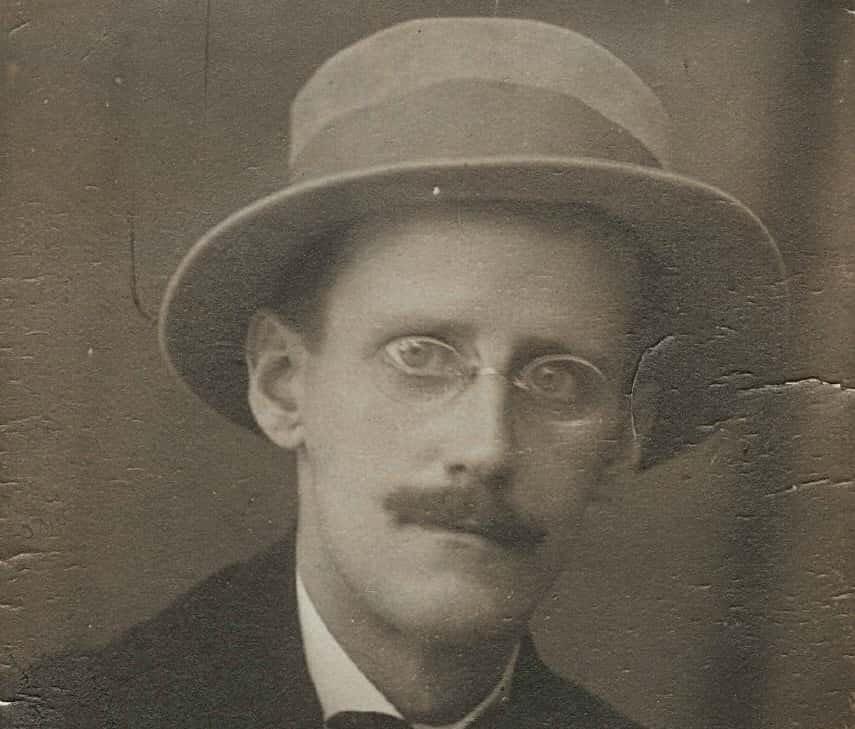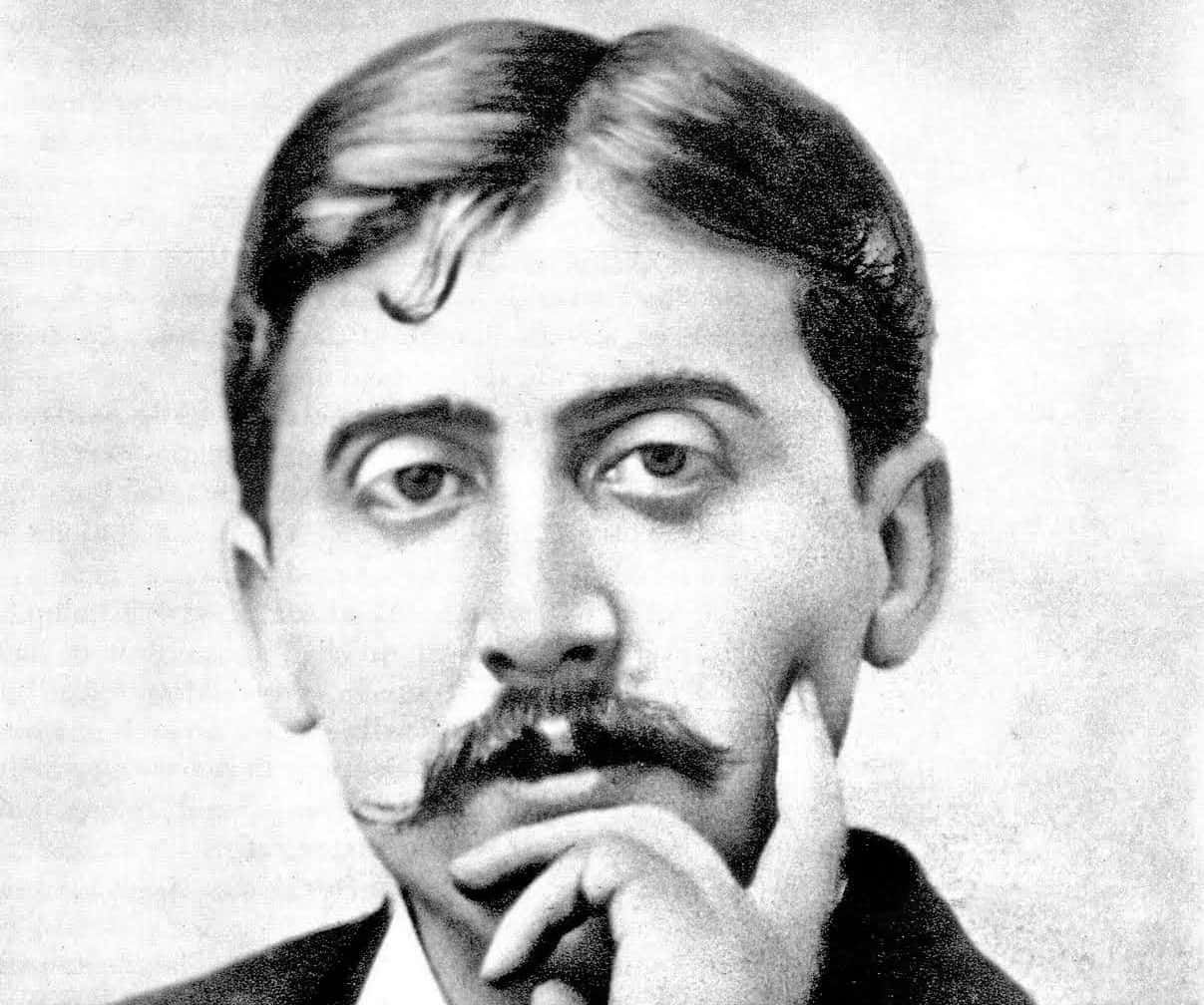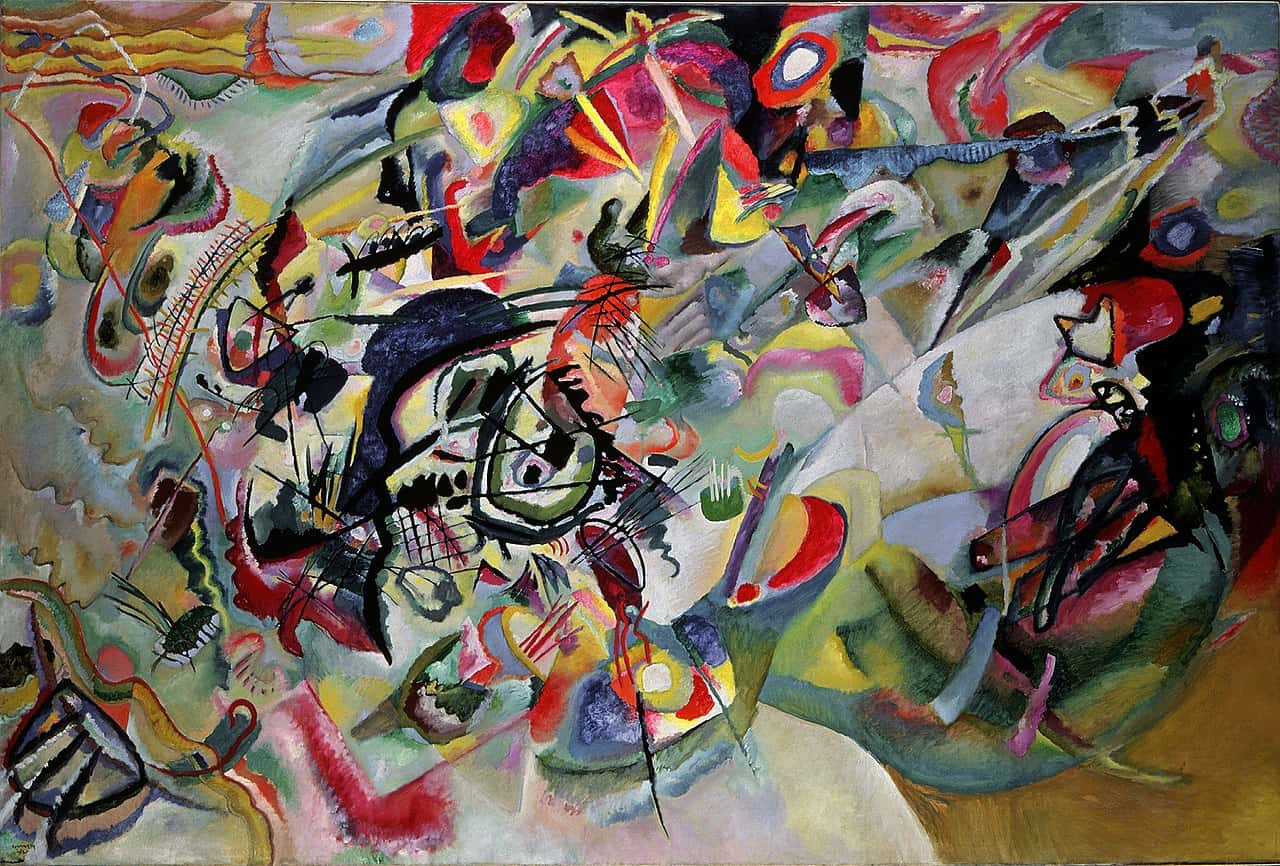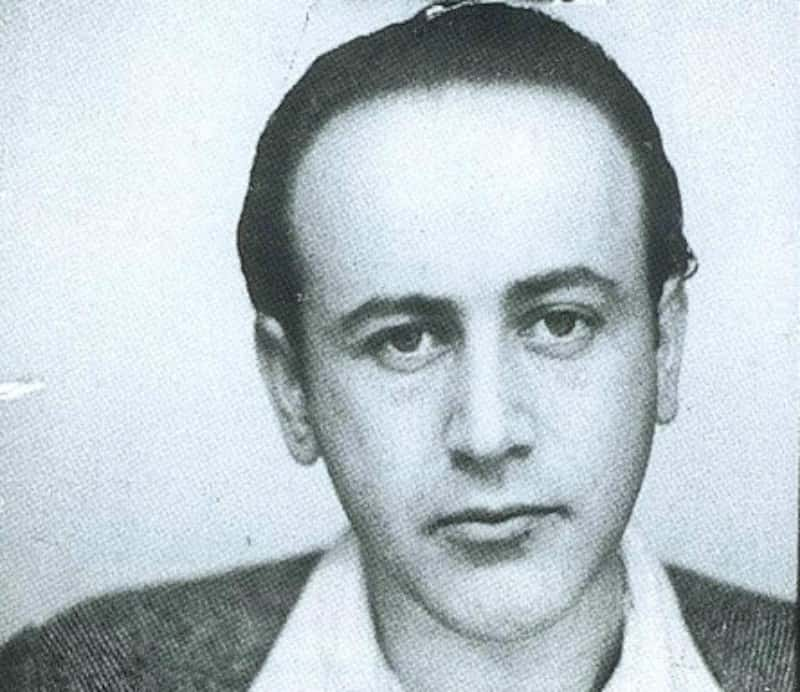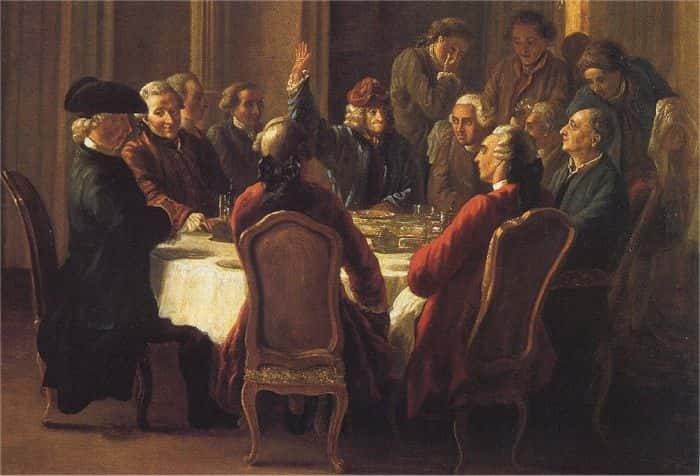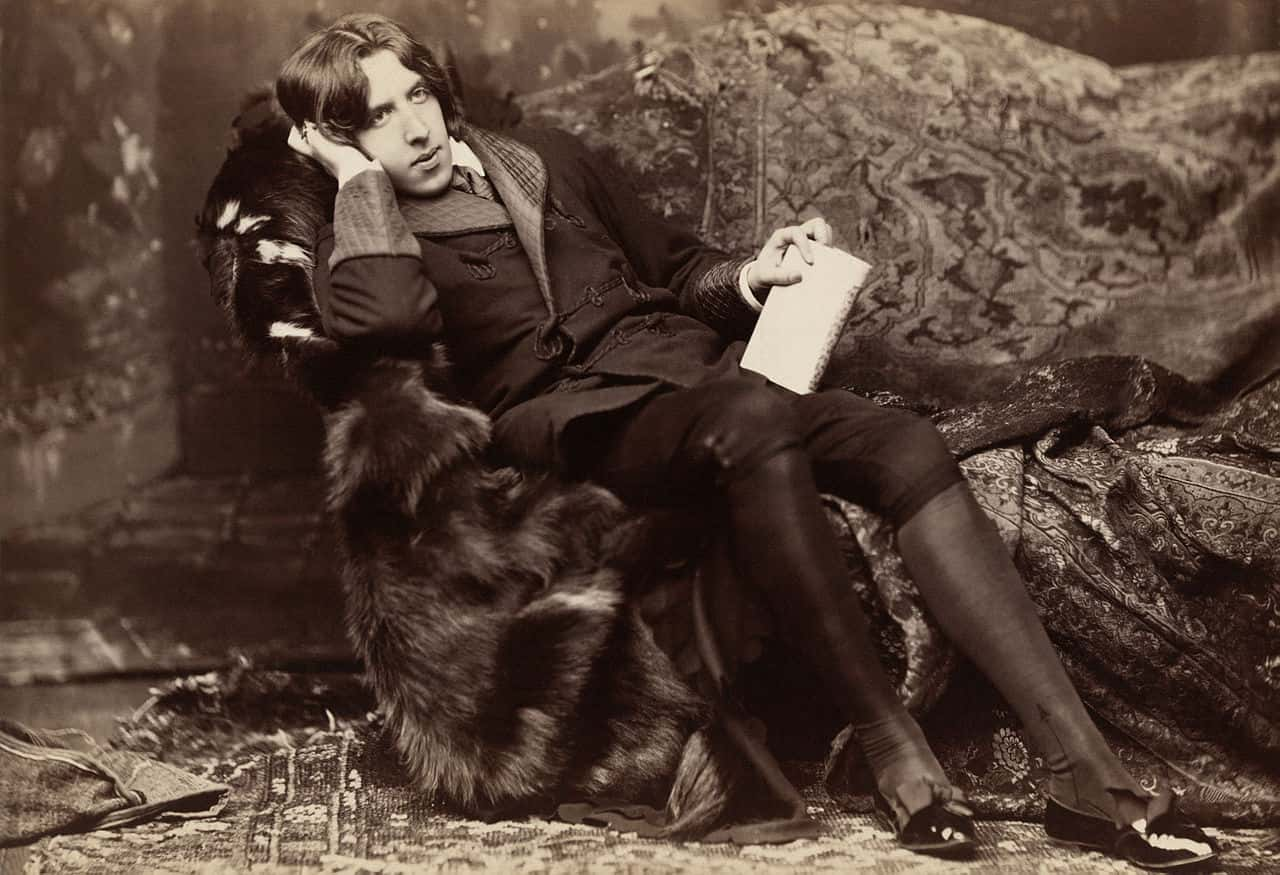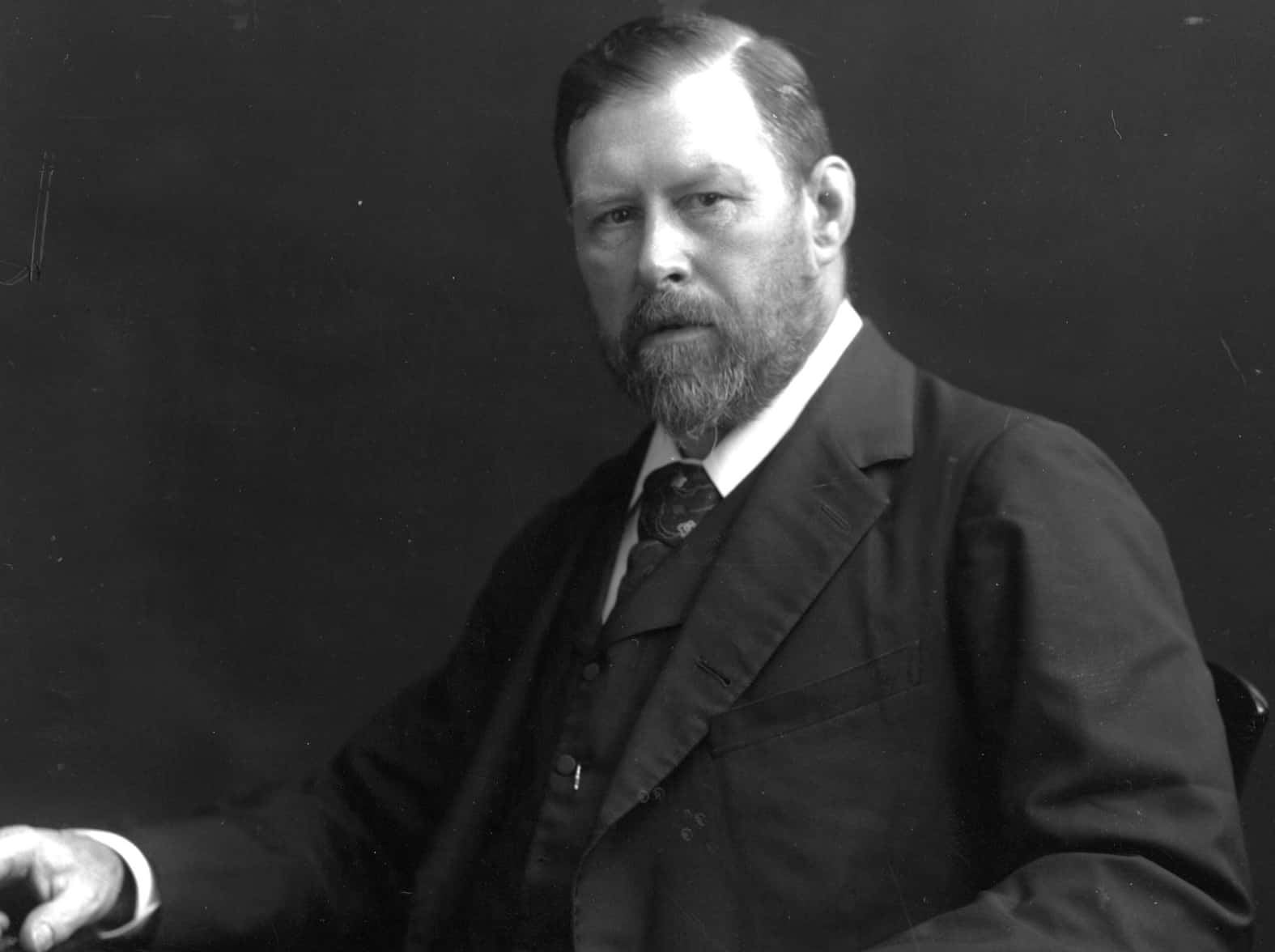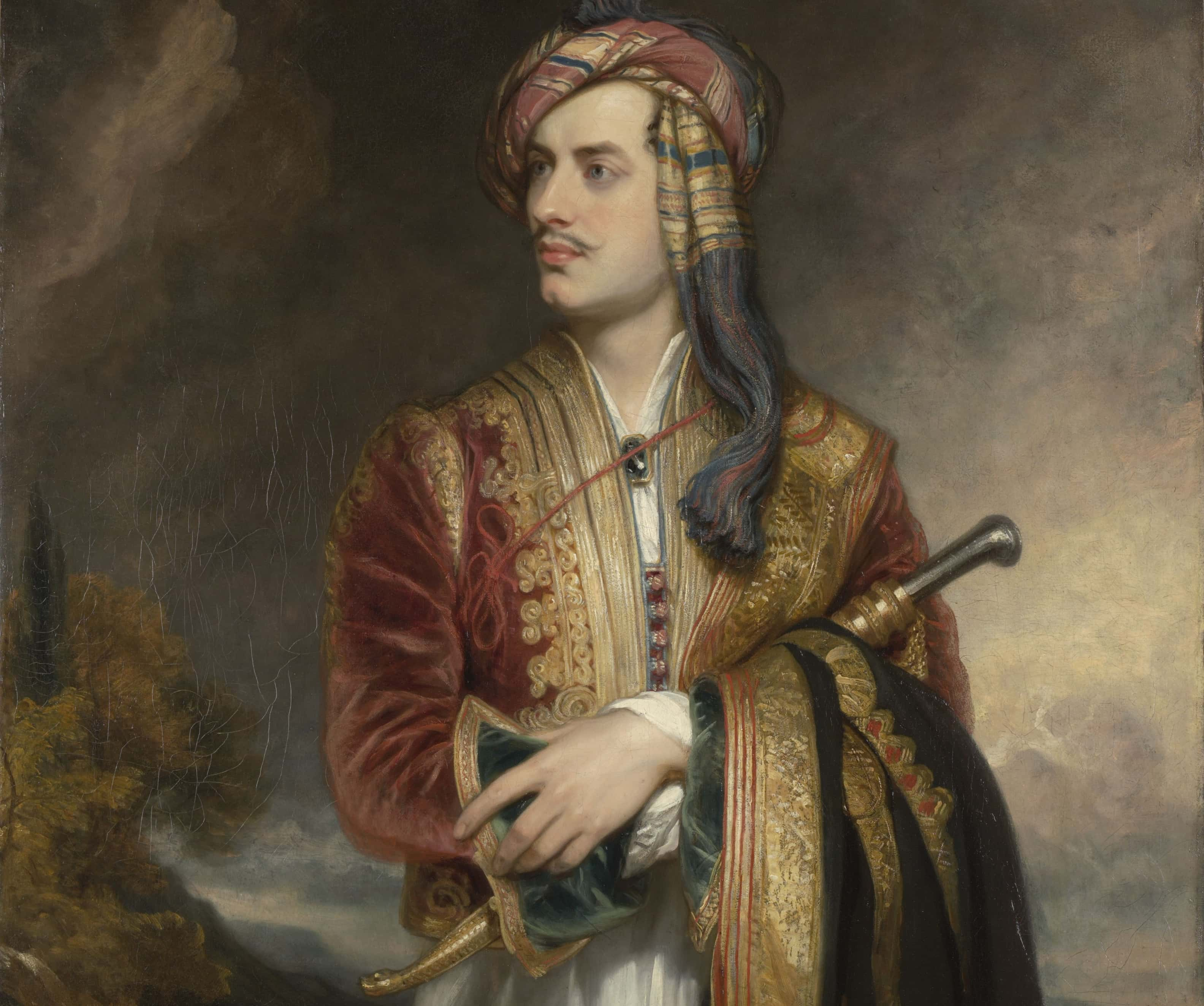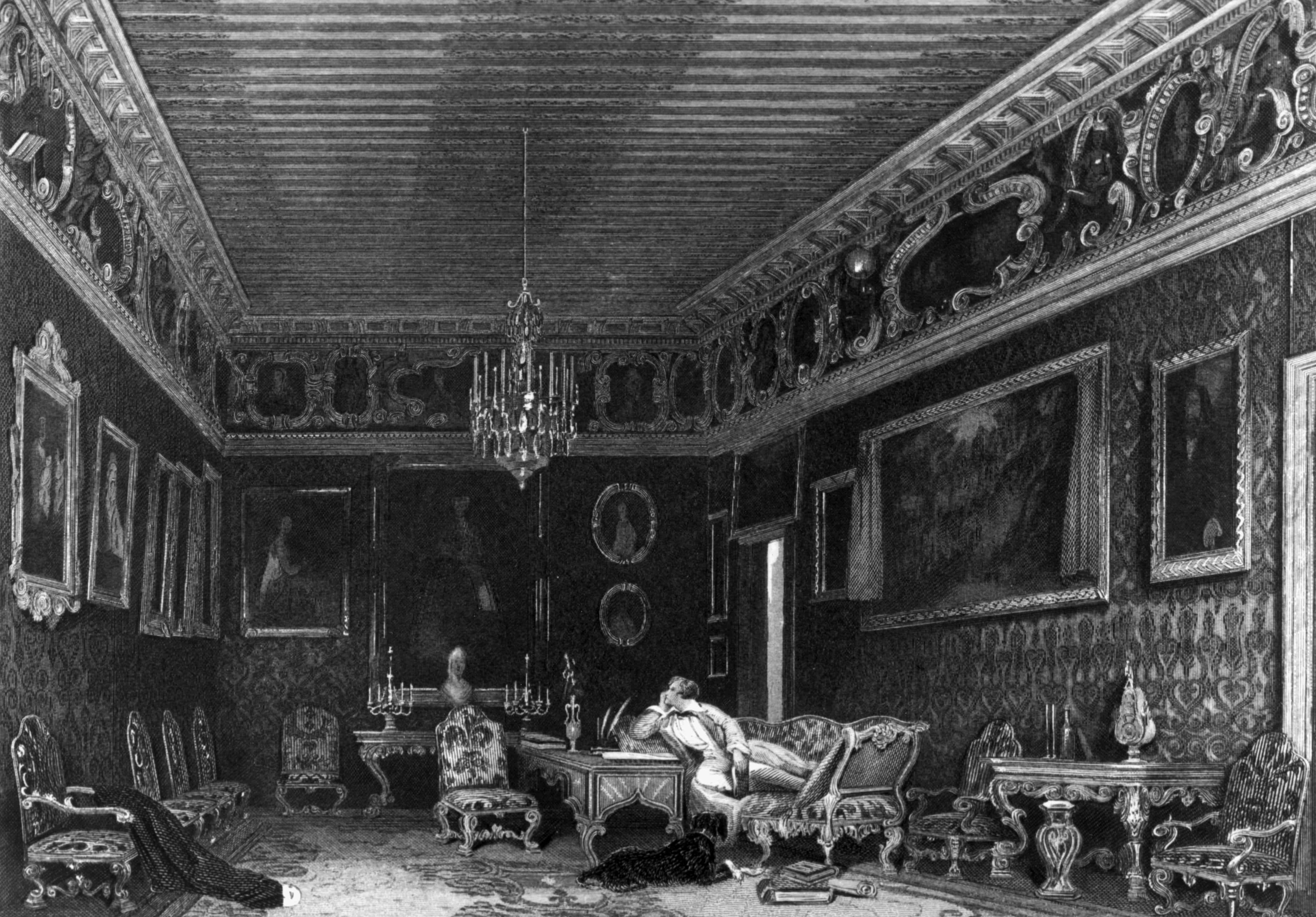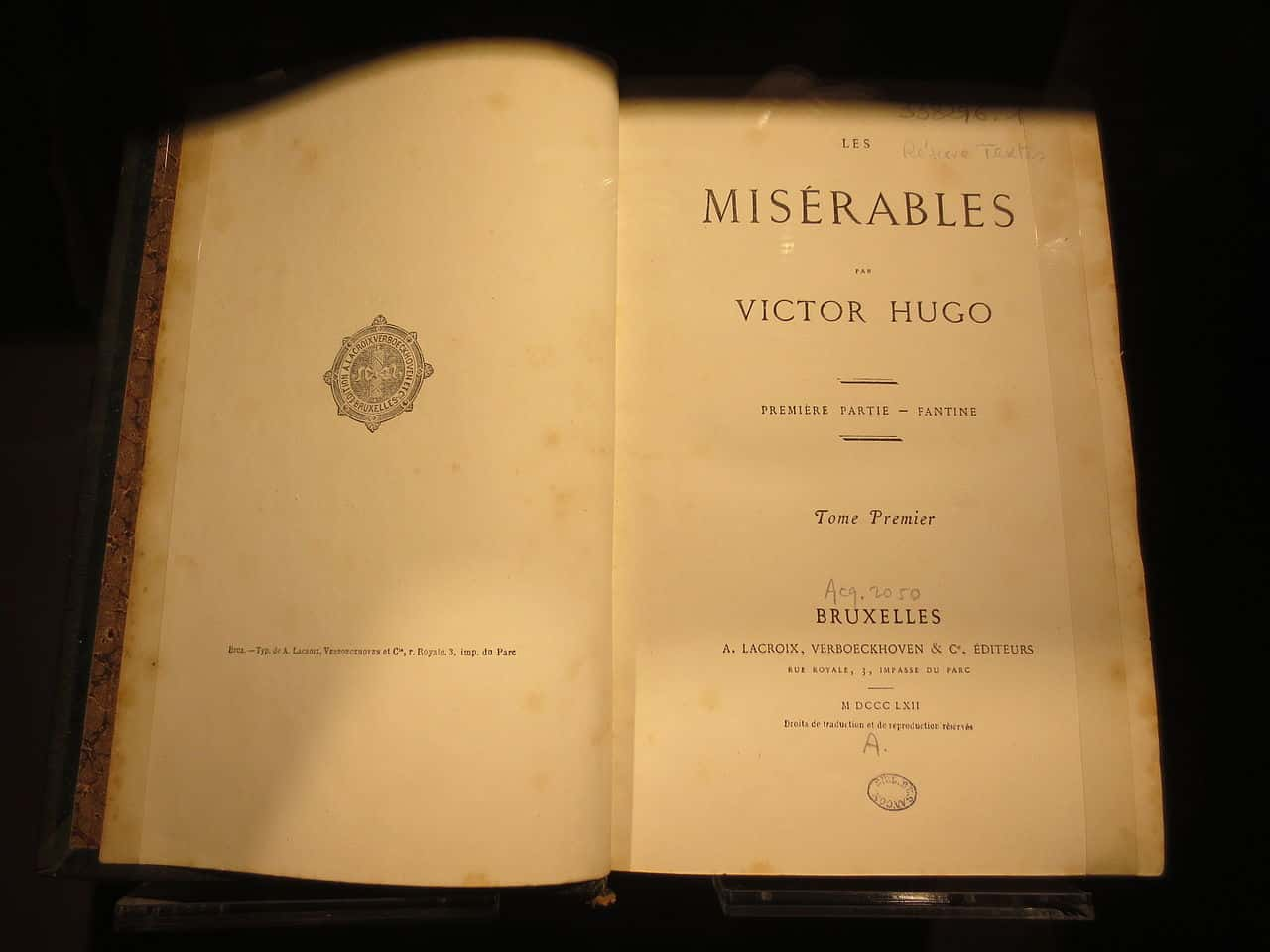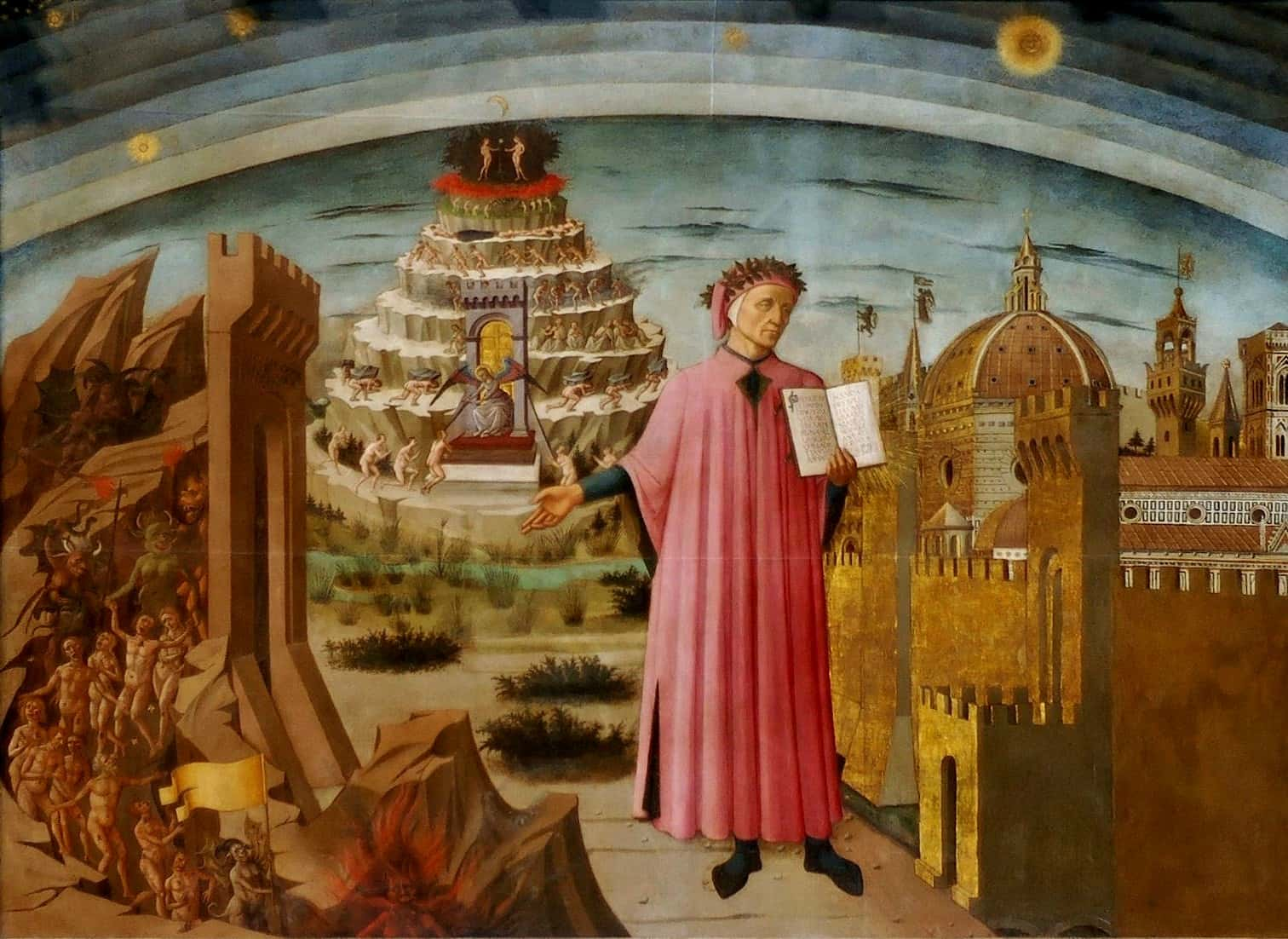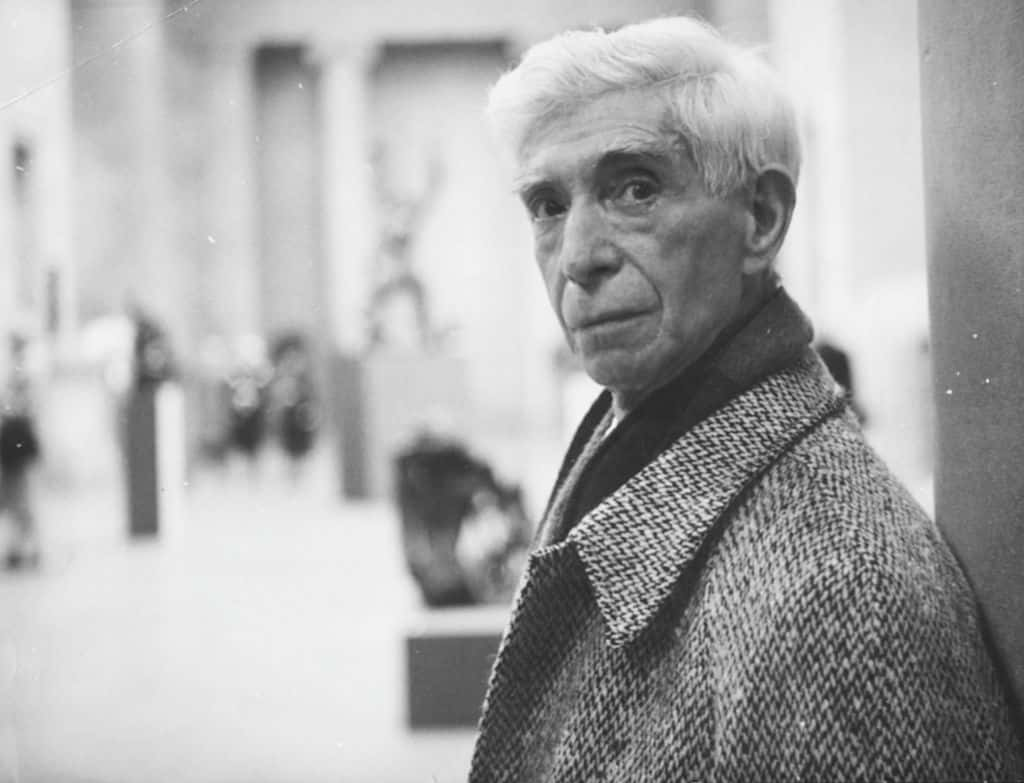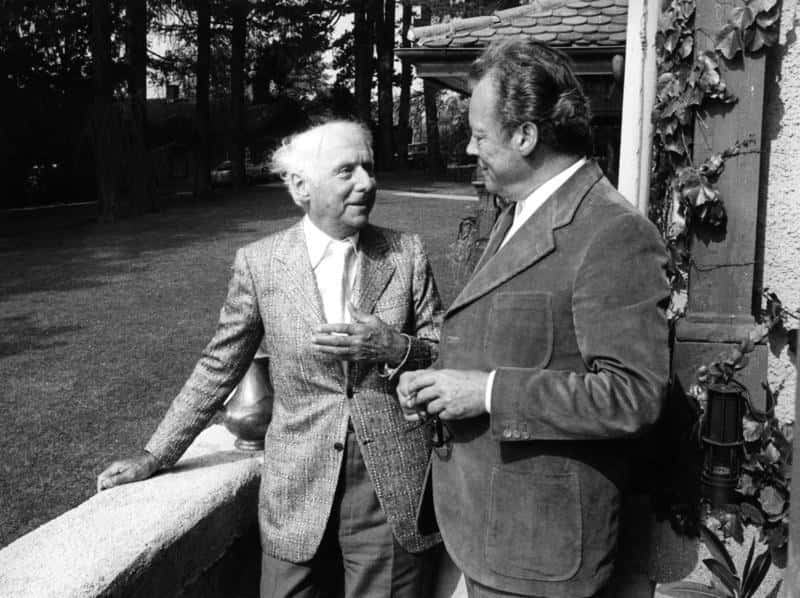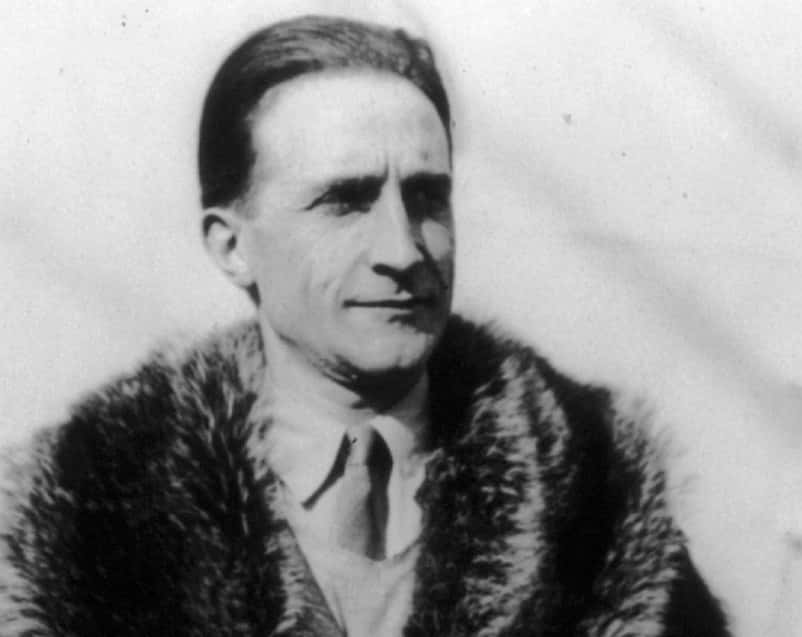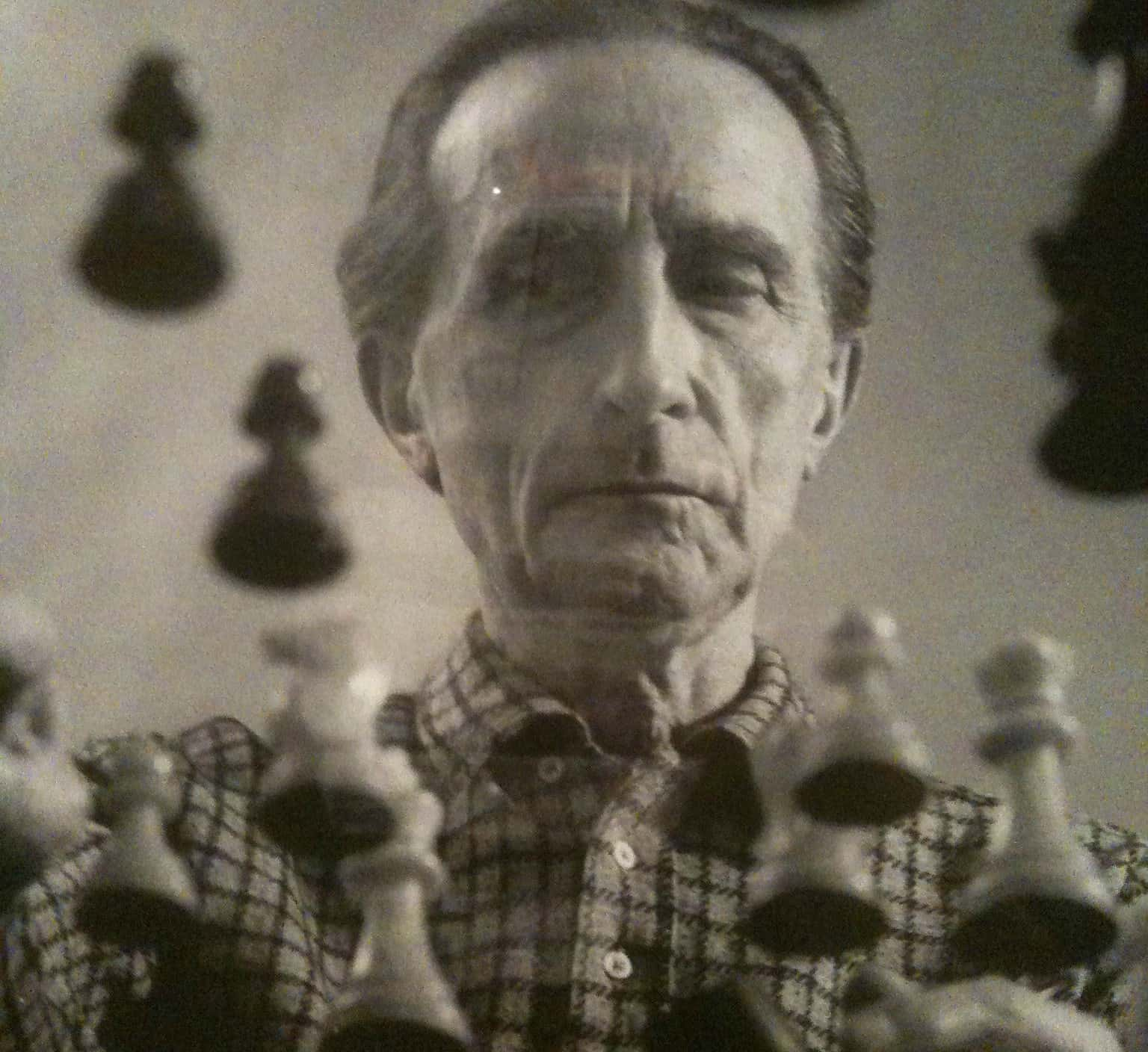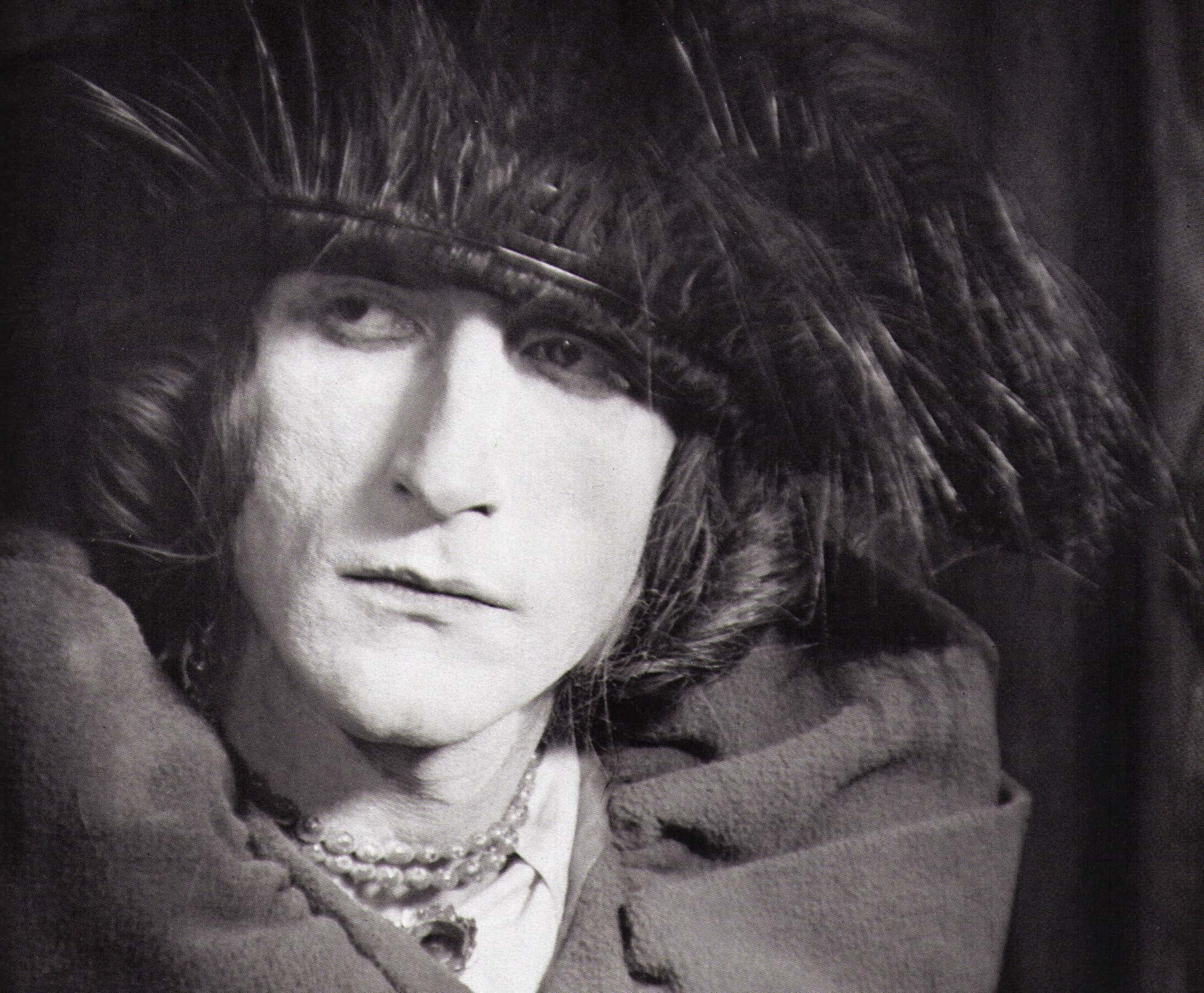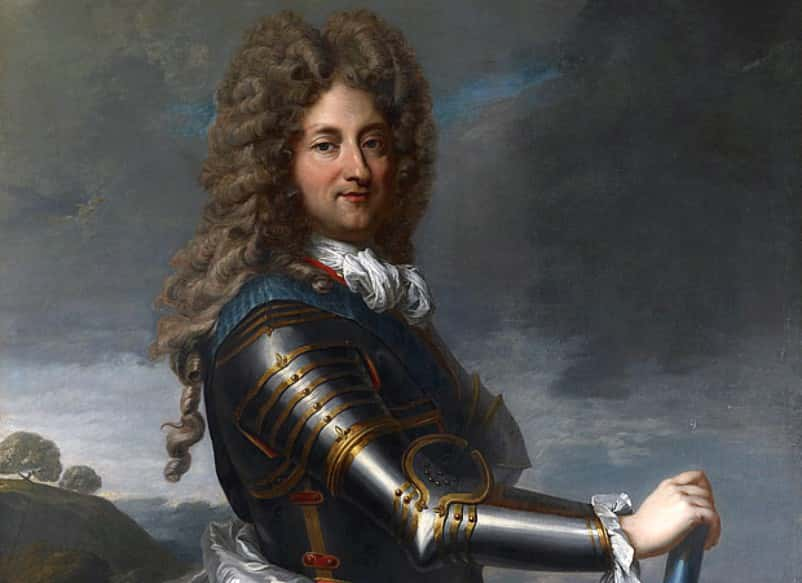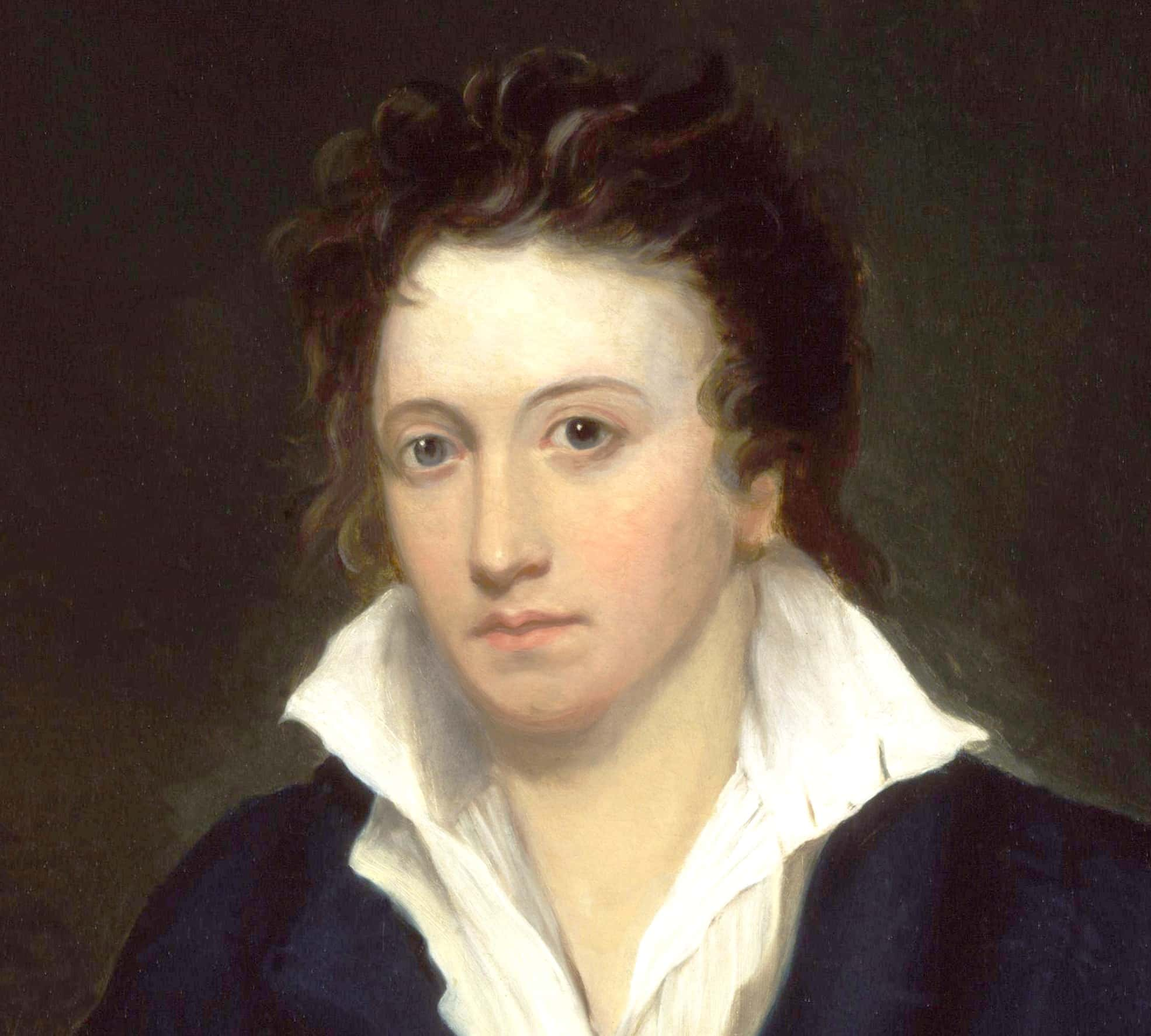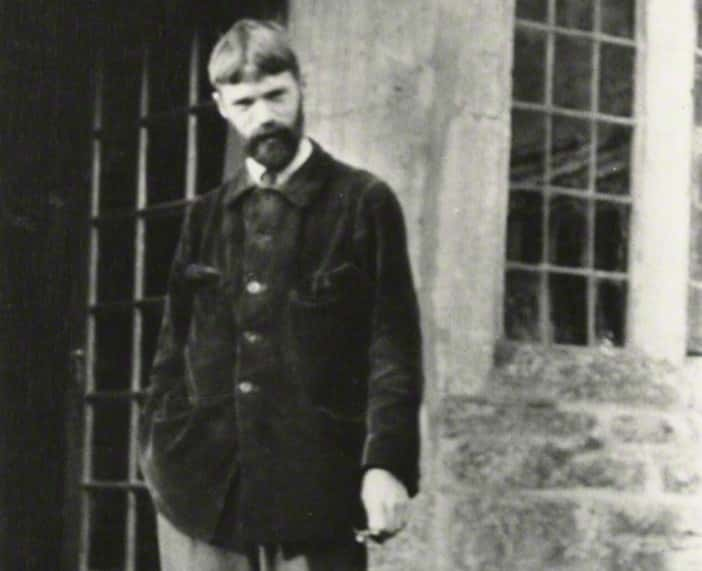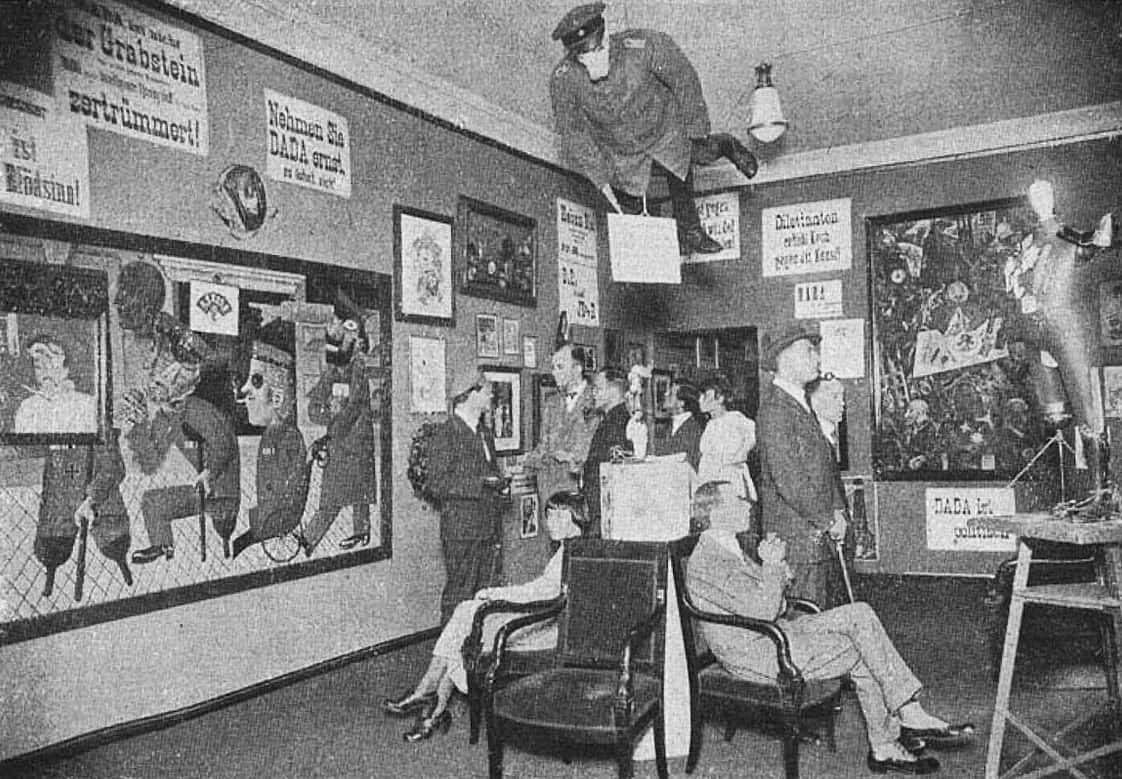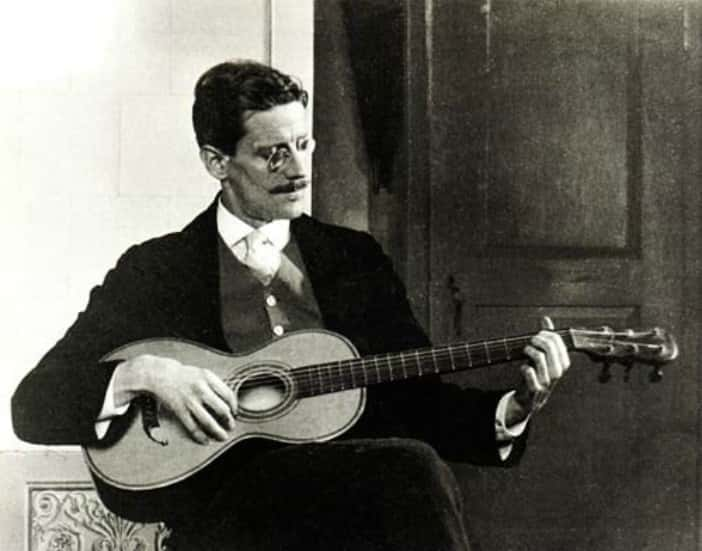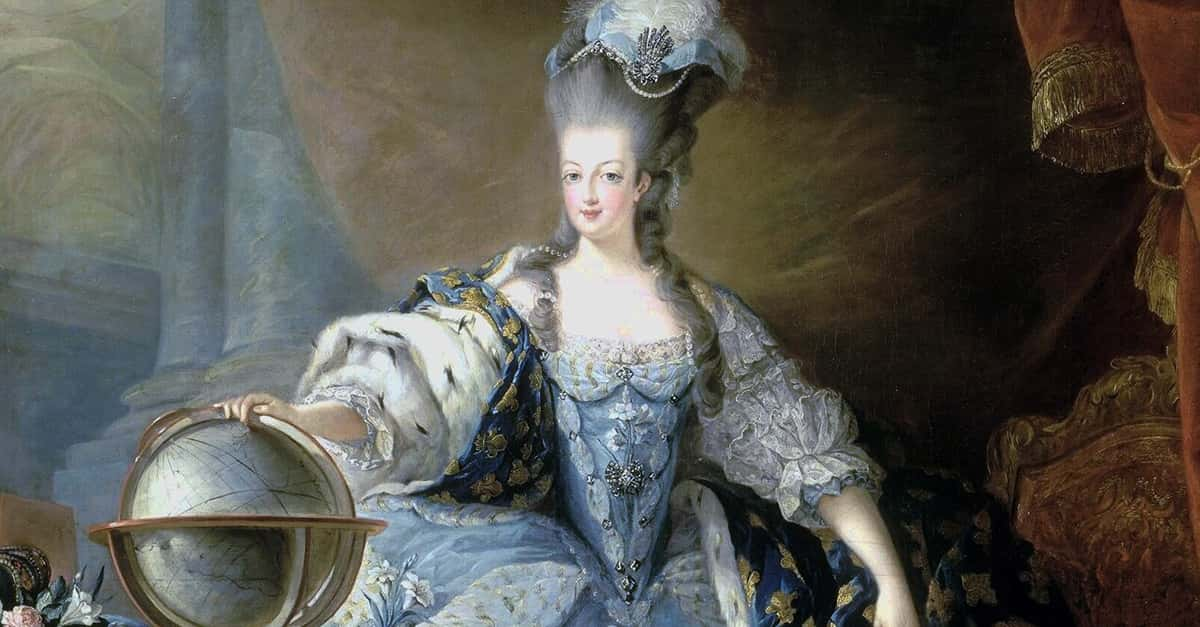“For the first time in years, he felt the deep sadness of exile, knowing that he was alone here, an outsider, and too alert to the ironies, the niceties, the manners, and indeed, the morals to be able to participate.” ―Colm Tóibín, The Master.
Whether forced by a state or self-imposed, exile is a harsh punishment to serve for any human because there really is no place like home. Over the years, many artists and writers have been exiled due to their work and politics. Take a look at these radical figures and find out some of the juiciest facts about these controversial figures.
Exiled Writers and Artists Facts
38. Fear of Things
Joyce is a legend, but that doesn’t mean he wasn’t afraid of things. Actually, he was terrified of many things, and he suffered from lifelong phobias. Joyce had astrapophobia—the fear of thunder and lightning.
37. Awkward
In 1922, Joyce met with Marcel Proust for a dinner that was no ordinary dinner party—also there were Pablo Picasso and Igor Stravinsky. However, these two mammoths of literature had never met, and everybody anticipated the clash of their genius. Too bad. The two writers had a conversation about their ailments before finally admitting that neither of them had read the other's work. They then shared a cab home, a cab Proust hustled his way out of without paying his share of the fare.
36. Dada Daddy
The Father of abstract art, Wassily Kandinsky, was actually a successful lawyer before quitting and dedicating his life to art. Interestingly enough, though much of his art used popping colors, Kandinsky also suffered throughout his life from sensitive eyes.
35. Through The Holocaust
The poet Paul Celan not only lived his life in exile after having to flee Romania and its communist dictator, but during WWII he was forced into Nazi Concentration Camps. While he was able to make it out alive, his family was not so lucky.
34. Get Out
Joseph Goebbels was hell-bent on keeping the incredible talent of the German film industry in the country, and director Fritz Lang was called in for a meeting with the propaganda chief in which he was offered the leading post in the German film industry at the instruction of Hitler. Lang’s response: to leave the country.
 Wikimedia Commons
Wikimedia Commons
33. Unpronounceable
What began as temporary has turned into a life in exile for Uzbekistan’s most famous author, Hamid Ismailov. To this day, the highly repressive Uzbekistan government still keeps a ban on Ismailov, going so far as making all of the author’s works illegal and even restricting the use of mentioning of his name.
32. Fortunate Exile
Voltaire lived in exile for a good portion of his life, and his years living in Britain as punishment actually proved to be highly influential, as during his time in the country he became familiar with the works of Shakespeare and Isaac Newton. These would prove to be no ordinary influences, as Newton was just becoming popular, and Shakespeare was still relatively unknown to the rest of Europe.
31. Lottery Winner
Voltaire was able to live quite comfortably throughout his life, which allowed him to dedicate himself fully to his work as a writer. However, he wasn’t born into the money. Instead, he came into his wealth by teaming up with mathematician friends and exploiting the French national lottery for massive sums of payout.
30. Coffee Binge
Since he had all the time in the world to write, that's exactly what Voltaire did. He often spent up to 18 hours a day writing or dictating his words to secretaries (ah, the life). But how did he have the energy for that much of an output? Easy: coffee. According to sources, he’s said to have consumed up to 40 damn cups of joe a day.

Sign up to our newsletter.
History’s most fascinating stories and darkest secrets, delivered to your inbox daily. Making distraction rewarding since 2017.
29. Nom de Plume
No one knows exactly why Voltaire created his famous pen name, or what exactly it means, though there are many theories. Among the most popular are that he adopted it after imprisonment as a way to continue to criticize the French government and that it was a rejection of society’s values because he didn't keep his father’s name. His real name was François-Marie Arouet.
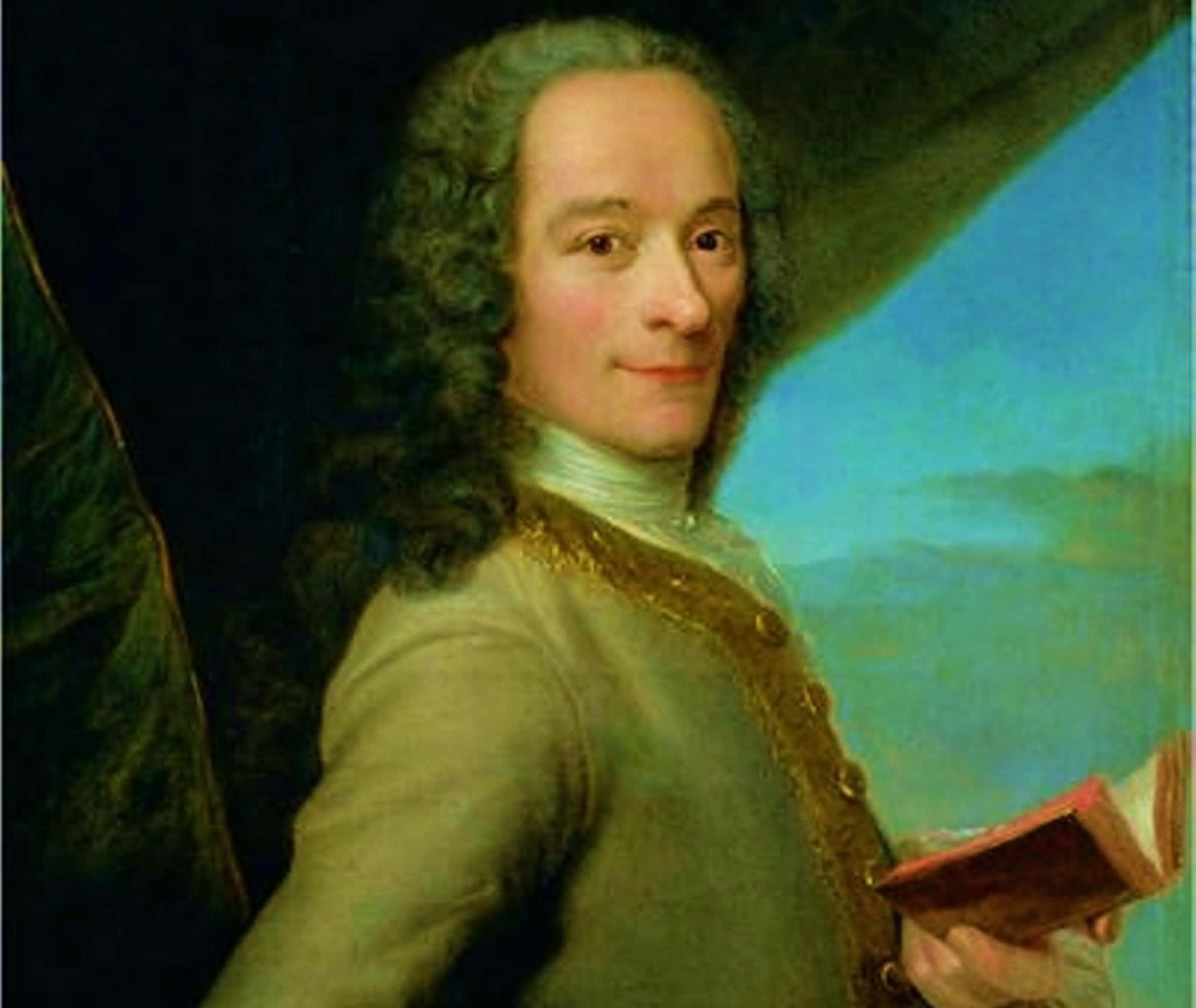 Wikimedia Commons
Wikimedia Commons
28. Homophobia in the UK
After standing trials for his sexuality, Oscar Wilde was imprisoned for two years as homosexuality was prohibited in the UK during his lifetime. His years in prison would greatly damage his spirits, and after his release, he spent three years in an exile that would prove to be his last three years on earth.
27. Triangle of Love
Wilde swung both ways though, and he was incredibly promiscuous. One of his earliest relationships was his involvement in a high profile love triangle, as he dated Florence Balcombe while she was married to Bram Stoker.
26. Unable to Enjoy the Fame
Lord Byron was forced into exile due to a social stigma around his sexuality, and he decided to go to Greece and support their National Liberation movement against the Ottomans. He was deadly serious about this, and he died from malaria while fighting for Greece.
25. Monster Tales
Byron is partly responsible for not one but two of our greatest monsters. He spent many summers with the Shelley family at Lake Geneva, and one day he suggested that they all write ghost stories. Well, Mary Shelley ended up creating Frankenstein during this session, and William Polidori created “The Vampyre,” a reimagining of the old vampire stories, which was modeled after Byron himself and would go on to inspire Dracula.
24. Bear on a Chain
It sucks when you can’t bring your dog to school, but Lord Byron found a way to criticize this pet restriction while studying at Cambridge. Since the rules said nothing about bears, well, he went ahead and bought a tame bear, which he then brought to school and even attempted to enroll.
 Pixabay
Pixabay
23. The Byron Menagerie
Lord Byron was actually obsessed with wild animals and kept himself a menagerie later in life. For a description of the wonderful sight to behold at his palazzo in Venice, I’ll leave it to Percy Shelley: “Lord B’s establishment consists…of ten horses, eight enormous dogs, three monkeys, five cats, an eagle, a crow, and a falcon…just met on the grand staircase five peacocks, two guinea hens, and an Egyptian Crane.”
22. Fatwa Verses
After the publication of his novel The Satanic Verses, a fatwa was proclaimed on author Salman Rushdie in 1989, forcing him into hiding. The fatwa stole years of his life, but it also led to the stabbing of the book's Japanese and Italian translators, the shooting of his Norwegian publisher, and the death of 37 guests staying in the same hotel as his prospective Turkish translator when it was torched by protesters.
21. Les Miserables de Exile
For anyone who's read or seen Les Miserables performed, it isn’t too hard to imagine that the profundity of the drama was written while Victor Hugo was living in exile. Hugo was a man of his word and refused to return to his home country of France until Napoleon fell from power in 1870.
20. Large Appetite
Old men dating younger women is nothing new, and Hugo proves it. In his 70s he was with a 22-year-old woman, and he kept going after women well into his 80s. He was also known for bragging about having sex with his wife nine times on their wedding night. After years of the incessant sexuality, his wife Adele cut off the insatiable Hugo, who then turned his attention to hundreds of other women.
19. Peeping Hugo
Just because he was trying to have sex with every girl he came across doesn’t mean he was satisfied. The hospitable man he was, Hugo had peepholes installed in all of the bedrooms at his house. What a great host he sounds like!
 Shutterstock
Shutterstock
18. Infernal Exile
The father of modern Italian language, Dante Alighieri, wrote his scathingly brilliant Divine Comedy while in perpetual exile. His punishment for attempting to return to Florence would have been a burning at the stake, and it took until 2008, seven centuries after he lived, for Florence to revoke the sentence and allow him to move on from purgatory.
17. Good Friend
Pablo Neruda—real name Ricardo Eliécer Neftalí Reyes Basoalto. Heard of the guy? Well, his government didn’t like him much, and he spent years on the run, hiding throughout the country, before finally sneaking into Europe through the use of friend Miguel Angel Asturias’ passport.
16. Kissing Dappled Buildings
The civil war in Syria is one of the world’s modern tragedies, and some of the country’s most distinguished artists have taken to their work to display the pain and suffering their homeland is going through. One of these vital artists in Tammam Azzam, now living in exile, who has played a pivotal role in drawing proper attention the devastation occurring in Syria. One of his recent projects has been superimposing modern art classics with photographs of war-torn areas.
15. Wounds of Another Land
Going into exile is one thing, but adopted citizenship of your new home is another. The next step? Joining your new country’s army and fighting against your old country! That’s what Ossip Zadkine did, the Russian sculptor who fought for France in WWI and suffered the fate of being wounded in action. No word on what karma has to say about that.
14. Angst and Ernst
Escaping is a pretty good skill set to have, especially if you were alive in Europe during the first half of the 20th century. Max Ernst inspired abstract expressionism, but he also had the French arrest him as an “undesirable foreigner.” He then inspired friends to urge his release and even further inspired the Gestapo to arrest him once more when they invaded France. Having used up his inspiration skills, he then reverted to his escape skills, and wiggled his way from prison and fled to the United States.
the famous people
13. Readymade Art
Wanted by the Nazis for his “degenerate art,” Marcel Duchamp found a cheesy solution to smuggling his work across borders. During the war, Duchamp disguised himself as a cheese merchant, wrapping up his work materials and declaring them as cheese, as a way to get across checkpoints safely.
12. Chess Life
Duchamp is famous for his art, but he gave up life as an artist and instead focused on the game of chess. He went on to become master, and the game grew into the most important aspect of his life. So much so that during his marriage with the heiress Lydie Sarazin-Levassor, she became so frustrated with his attention towards the game that she glued the chess pieces to his chess board in the middle of the night. Needless to say, they divorced soon thereafter.
11. Female Double
With the belief that eroticism underlies every action we take, yet no one acknowledges it, Duchamp had a female alter-ego named Rrose Sélavy, a play on the French expression of “Eros, c’est la vie.”
10. Spread the Seed
Nothing says I love you like...semen. That is, according to Duchamp at least. He once created an abstract collage made out of sperm that was spread out across velvet as a gift for the wife of the Brazilian ambassador to the United States, whom he was having an affair with at the time.
 Flickr
Flickr
9. Separatist Politics
By any means necessary. That's what it takes when you’re locked up. The Basque poet and writer Joseba Sarrionandia has been in exile since 1985 after he escaped his prison sentence by hiding in a loudspeaker during a concert. Yup, not only did the prison have a live band, but somehow he got his way into their speakers. Sarrionandia has lived in secret since this escape.
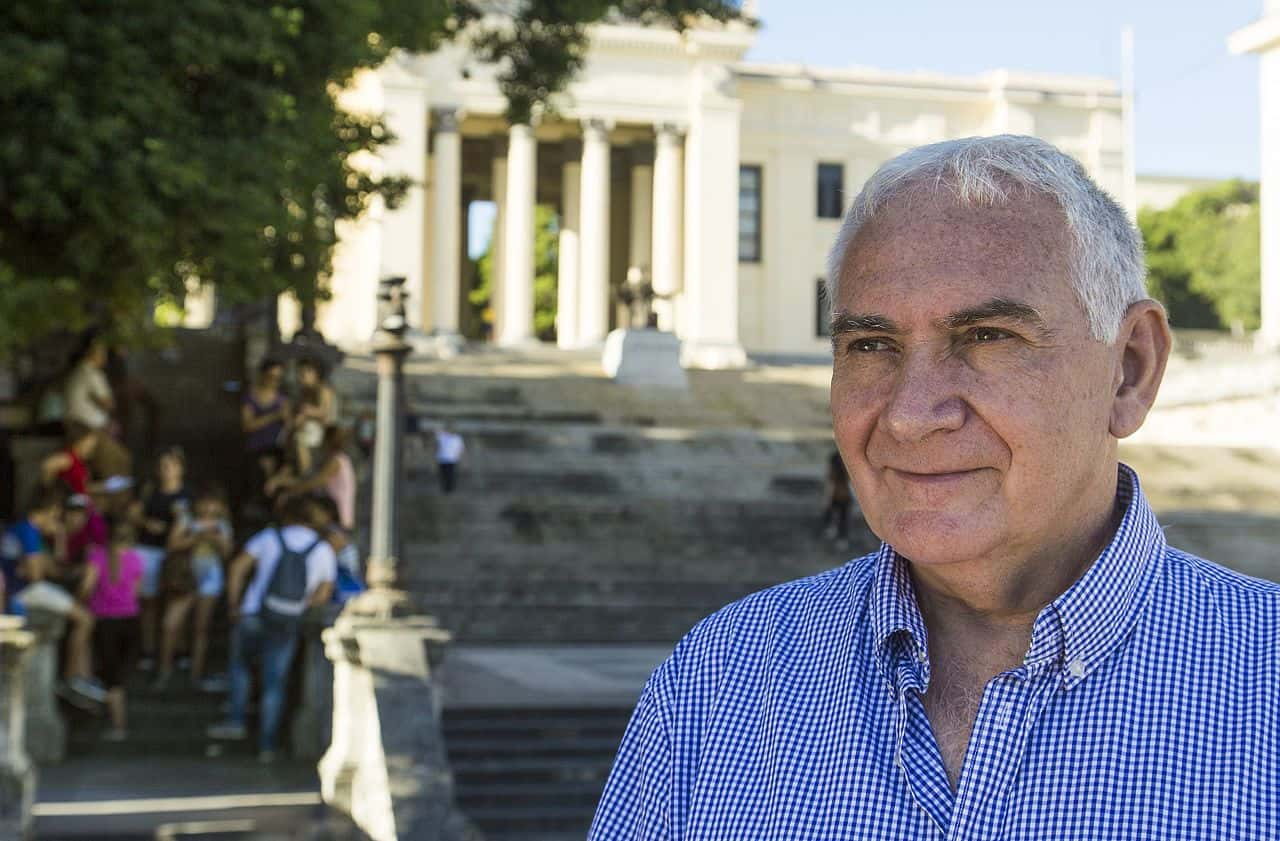 Wikimedia Commons, Jose Goitia
Wikimedia Commons, Jose Goitia
8. Infinite Jest
One of Voltaire’s imprisonments came after he mocked the Duc d’Orleans, then the head of the French government, by accusing him of having an incestuous relationship with his daughter.
7. Drinking Out of Skulls
When Percy Shelley passed away, Lord Byron attempted to keep his friend's skull from being cremated, but was denied because Byron had a habit of using skulls as goblets. In fact, in his room at Newstead Abbey, he even had flowerpots fashioned from the remains of his ancestors from the family crypt.
6. Climbing Trees
D.H. Lawrence voluntarily exiled himself after living through the First World War in Britain, and spent many years in a wanderlust, traveling and practicing his favorite past time of climbing mulberry trees naked. Apparently, it stimulated his...imagination.
5. In the Nude
Hugo didn’t believe in distraction, and as a way to fight writer’s block, he rid himself of all possible distractions—even his clothes. Whenever he had the need to combat a mental block, he ordered his servants to remove his clothes from his room and to only return them if he had completed his daily writing quota.
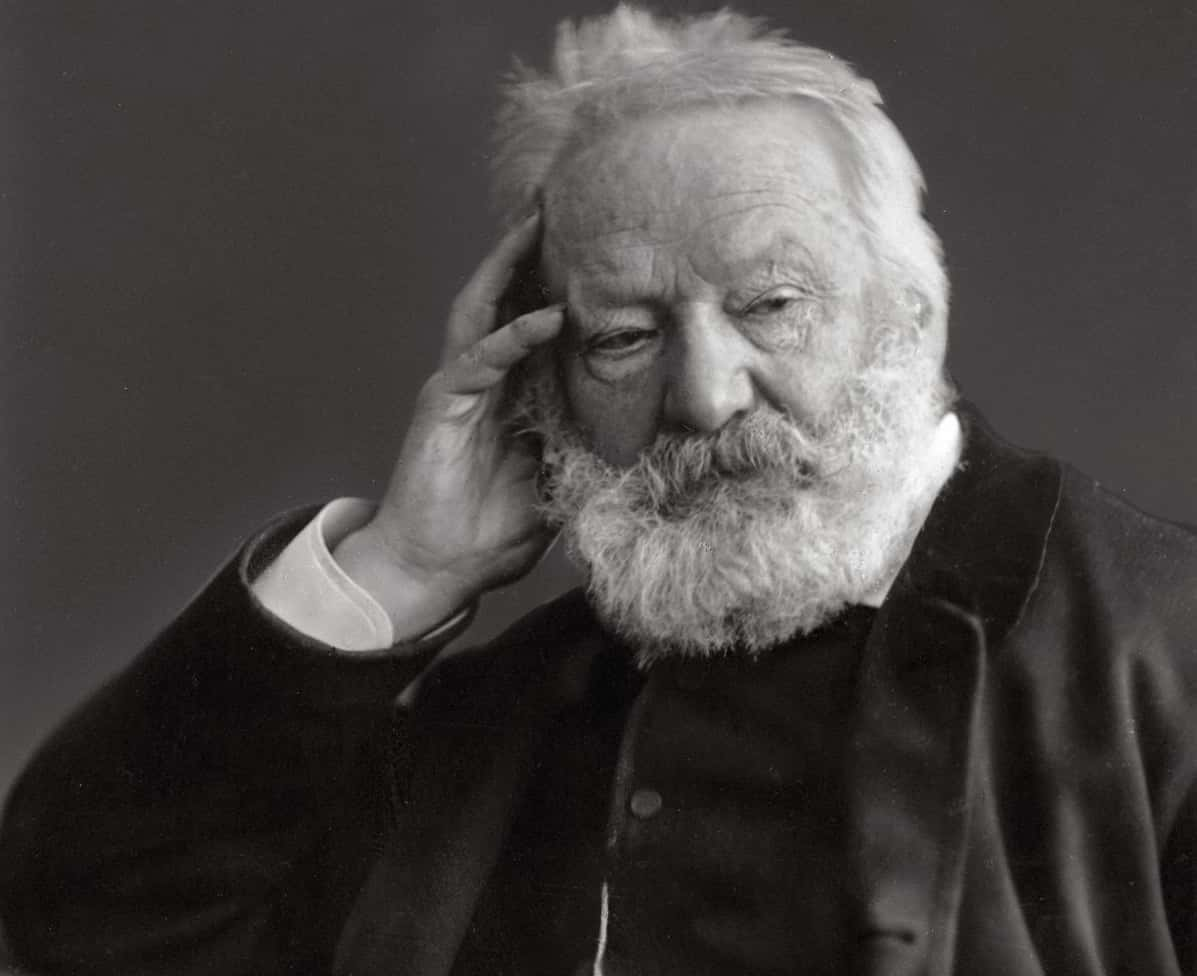 Wikimedia Commons
Wikimedia Commons
4. Do You Get It?
A life in exile as a genius can lead to a lot of misunderstandings. Especially when your work is purposefully opaque. On January 13, 1941, James Joyce said his final words, which were “Does nobody understand?” Well, James, not nobody, but maybe most.
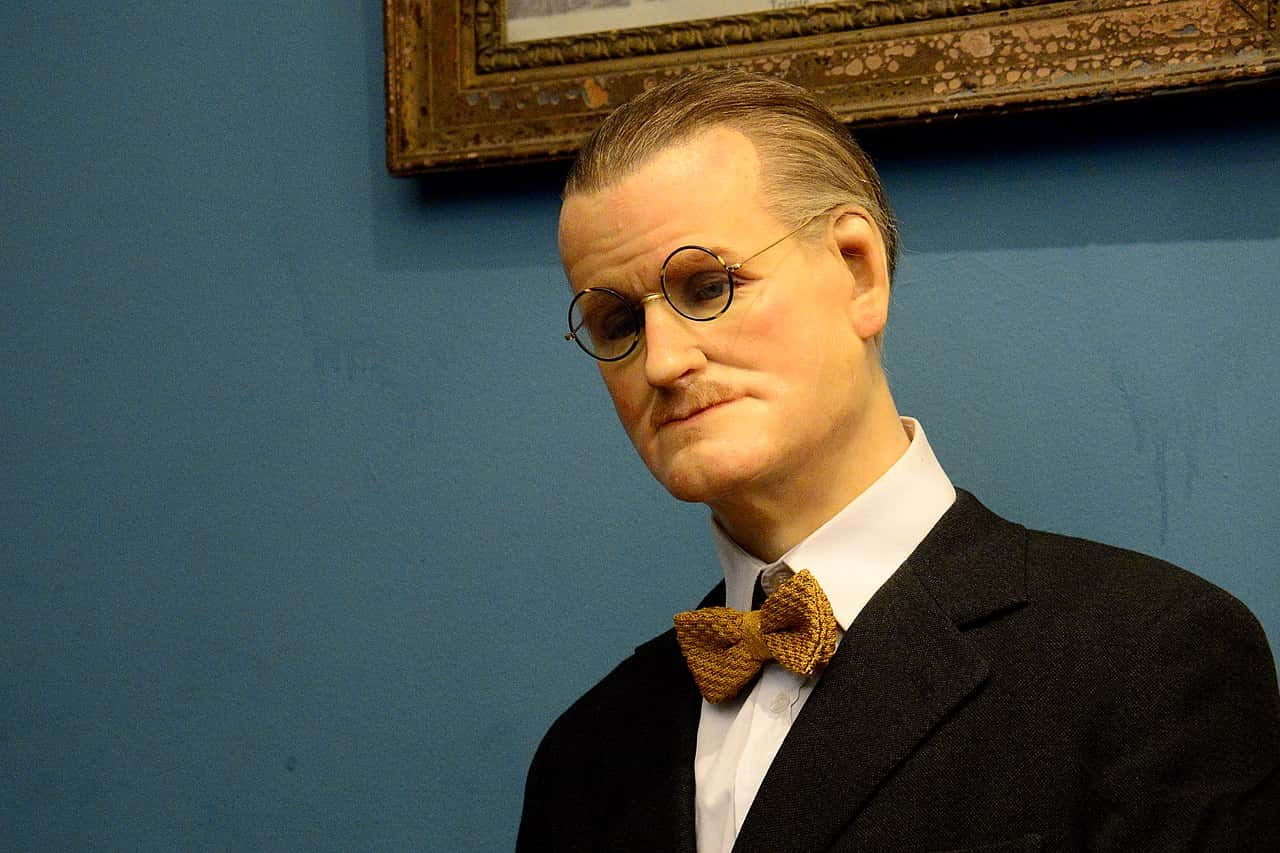 Wikimedia Commons, Osama Shukir Muhammed Amin FRCP(Glasg)
Wikimedia Commons, Osama Shukir Muhammed Amin FRCP(Glasg)
3. On the Run
A Pioneer of art as a political weapon, John Heartfield rose up the ranks to number five on the Gestapo’s most wanted list. This wasn’t enough to push Heartfield into exile though, and it took until they came after him for him to flee, but not before he had to make an escape by jumping out of windows and hiding in trash cans around Berlin as if in a cartoon.
2. Firing Pans
James Joyce felt tortured in Ireland, and exiled himself to mainland Europe. A variety of reasons mentally pressured Joyce into leaving his homeland, but the last straw came when his roommate in Dublin, the unhinged Dermot Chenevix Trench, decided it would be fun one night to shoot the pans that were hanging over Joyce’s bed as he slept. Why there were pans hanging above a sleeping Joyce is a great question.
1. To Be in Love
Joyce often wrote letters relay his...let’s call it love...for his wife Nora Barnacle. Steamy would be an understatement to describe these letters, so here is just a little taste—“I hope Nora will let off no end of her farts in my face so that I may know their smell also.”
Sources: 1, 2, 3, 4, 5, 6, 7, 8, 9, 10, 11, 12, 13, 14, 15, 16, 17, 18, 19, 20, 21, 22, 23, 24, 25, 26, 27


